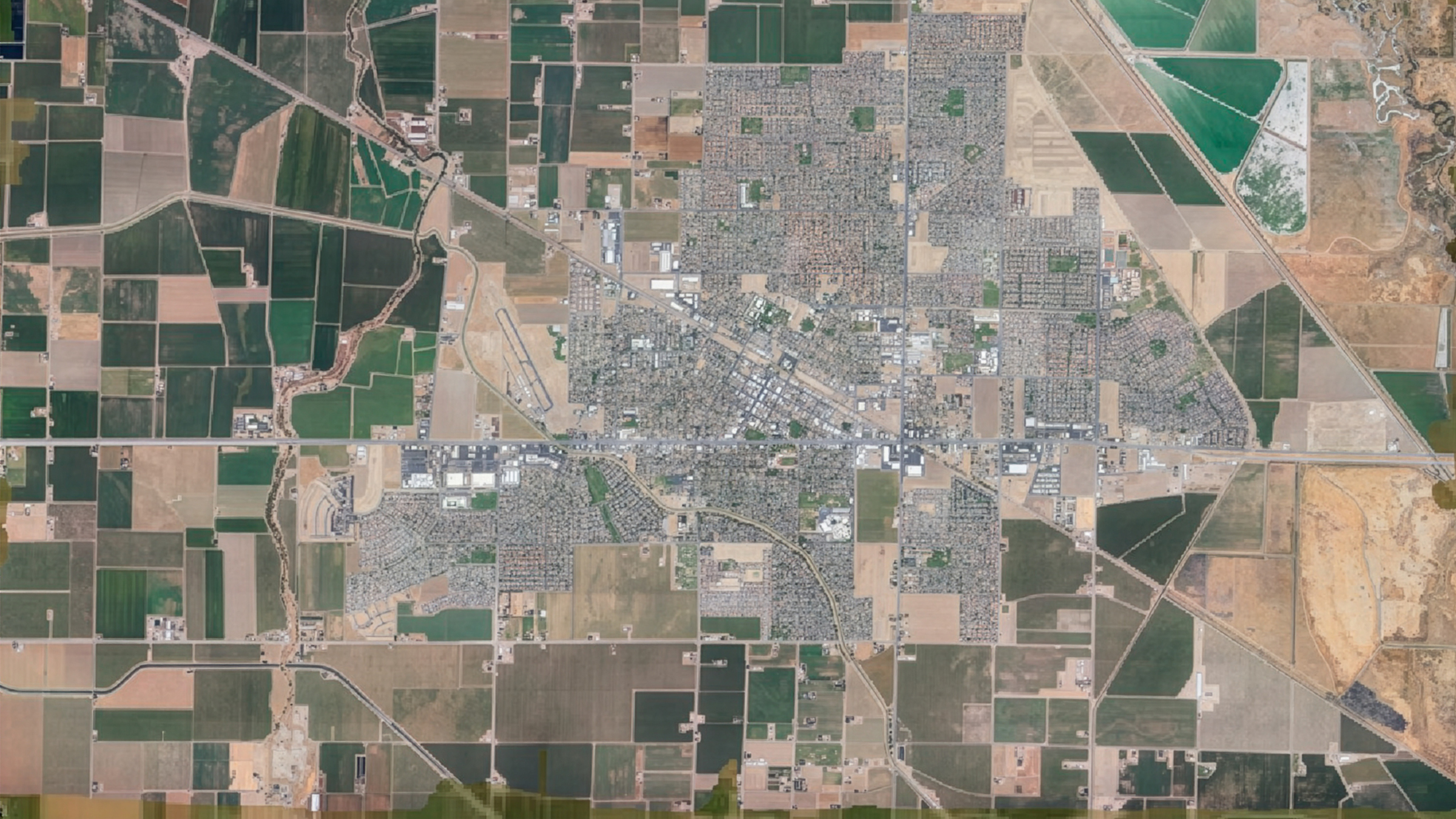Explore what's new in the Pix4D ecosystem: 2nd Edition
As the demands on geospatial professionals continue to evolve, so does the Pix4D ecosystem. From surveyors and site engineers to utility inspectors and forensic analysts, our mission remains constant: to provide the tools and workflows that make data capture, processing, and collaboration not only possible, but productive and scalable.
This second edition of our ecosystem updates introduces a set of improvements that strengthen the connection between the field and the office. But perhaps most importantly, it marks a structural milestone in how teams collaborate: the introduction of Organization Management. This new foundation allows companies to manage licenses and users centrally, fostering scalable teamwork across internal departments and external partners.
Organization Management improves how professionals work day-to-day by enabling users to securely share projects, assign roles, and manage access, making it easier than ever to collaborate on large-scale or multi-stakeholder projects, all in one unified cloud workspace.
Simplified RTK setup and profile sharing
Across industries, one of the first friction points in a geospatial workflow is getting started: setting up hardware, aligning coordinate systems, or configuring connections. In this release, we’ve focused on making those early steps nearly invisible. In PIX4Dcatch, new features like automatic NTRIP CRS selection and RTK profile import/export remove the hassle of repetitive configuration. You can now set up your RTK rover once, export the profile, and apply it across multiple devices with ease, and add a password for an extra security layer. With a built-in database of correction services, choosing the right input NTRIP CRS for your database is automatic, allowing field crews to focus on capture.
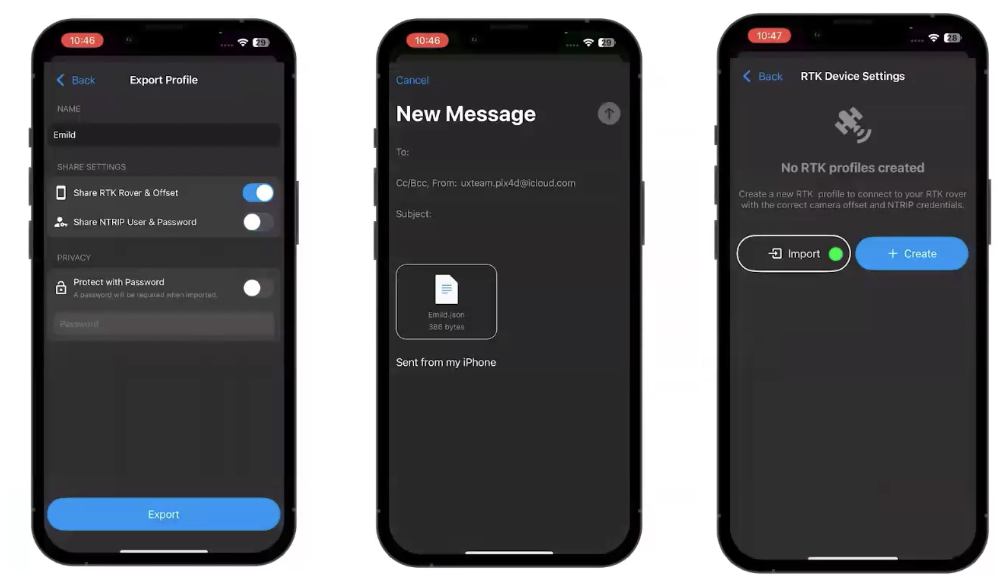
The capture experience has also become more collaborative, such as the ability for teams to document site conditions, safety concerns, or progress notes on the spot from the mobile interface of PIX4Dcloud or adding annotations directly in PIX4Dcatch during data collection.
These annotations are not just markers; they are live, georeferenced records that travel with the dataset. Whether you're on site or reviewing from the office, every team member has access to the same context-rich information, accelerating project review and decision-making. It’s a shift toward more immediate, connected teamwork, where knowledge isn’t delayed or siloed but captured and shared in real time.
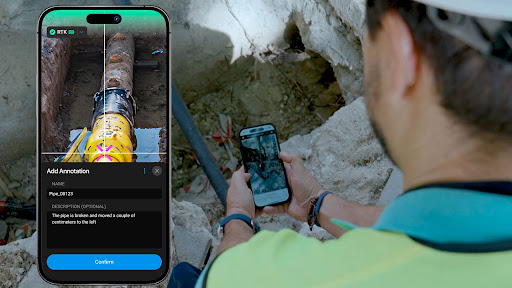
Structured data for complex projects in desktop
From this point, the workflow naturally branches to serve different professional needs. For desktop processing, the new OPF export format in PIX4Dcatch changes the game. Instead of stitching together loose files, OPF delivers a structured, standardized dataset that includes everything from images to trajectory and orientation data, all in one ready-to-use package.
For professionals working on hybrid projects that combine drone and handheld data, there’s no need to realign or reconstruct metadata; the dataset arrives coherent and complete, ready for processing in PIX4Dmatic. It's a workflow that favors productivity, especially in complex projects like infrastructure mapping or tunnel inspections, where different data sources must seamlessly integrate into a single reality model.
Once in PIX4Dmatic, hybrid datasets can be processed in a unified pipeline. Imagine a civil engineering team documenting the progress of a new highway interchange. They scan bridge abutments, embankments, and trench details with handheld devices using PIX4Dcatch, while drone flights cover the full aerial perspective of the site. Now, all that data can be combined seamlessly. There’s no need to fight through incompatible formats or manually sync metadata.
PIX4Dmatic allows surveyors and engineers to work with aerial and terrestrial LiDAR and photogrammetry in a single model. Clean surface modeling with polygon-aware DSMs ensures that changes in terrain or infrastructure are captured with clarity, even in areas where data might be sparse. And when calculating earthworks or tracking material volumes, results can be exported in widely used CSV or LandXML formats for further analysis in CAD tools. When it’s time to present results, users can scale mesh visualizations to suit the audience, from detailed client-facing models to streamlined internal previews. It’s a practical, performance-driven way to ensure all teams stay informed, aligned, and moving forward.
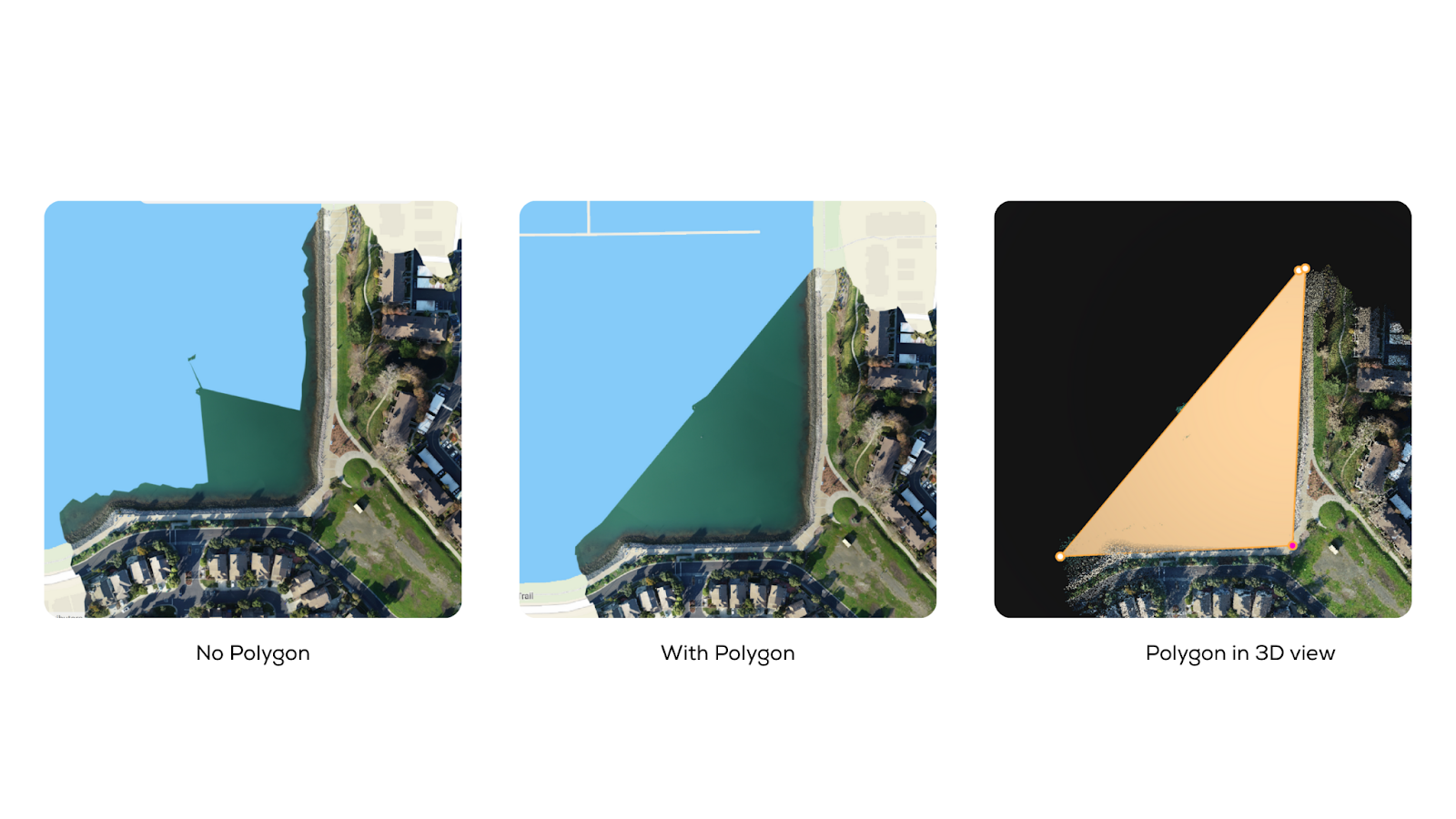
Collaboration first in PIX4Dcloud
Not all workflows require heavy desktop processing. For many professionals, particularly in construction, utilities, and infrastructure maintenance, the priority is fast, accessible collaboration. That’s where the SLPK pathway comes in. It enables users to upload high-quality 3D scan data captured in PIX4Dcatch directly to PIX4Dcloud.
Consider a construction team reviewing progress on a complex site, or a utility contractor verifying installation depth and alignment of underground assets. With the new capabilities in PIX4Dcloud, they can upload the SLPK model, layer on engineering files, and perform real-world measurements and alignment checks all in one place.
With the ability to measure across both point cloud and design file, identify discrepancies, and comment directly from the field or office, the validation process becomes far more immediate, visual, and collaborative. PIX4Dcloud is now more accurate than ever when comparing measurements between point clouds and design files, such as IFC or DXF, making it an essential tool for teams working in as-built vs. as-designed workflows.
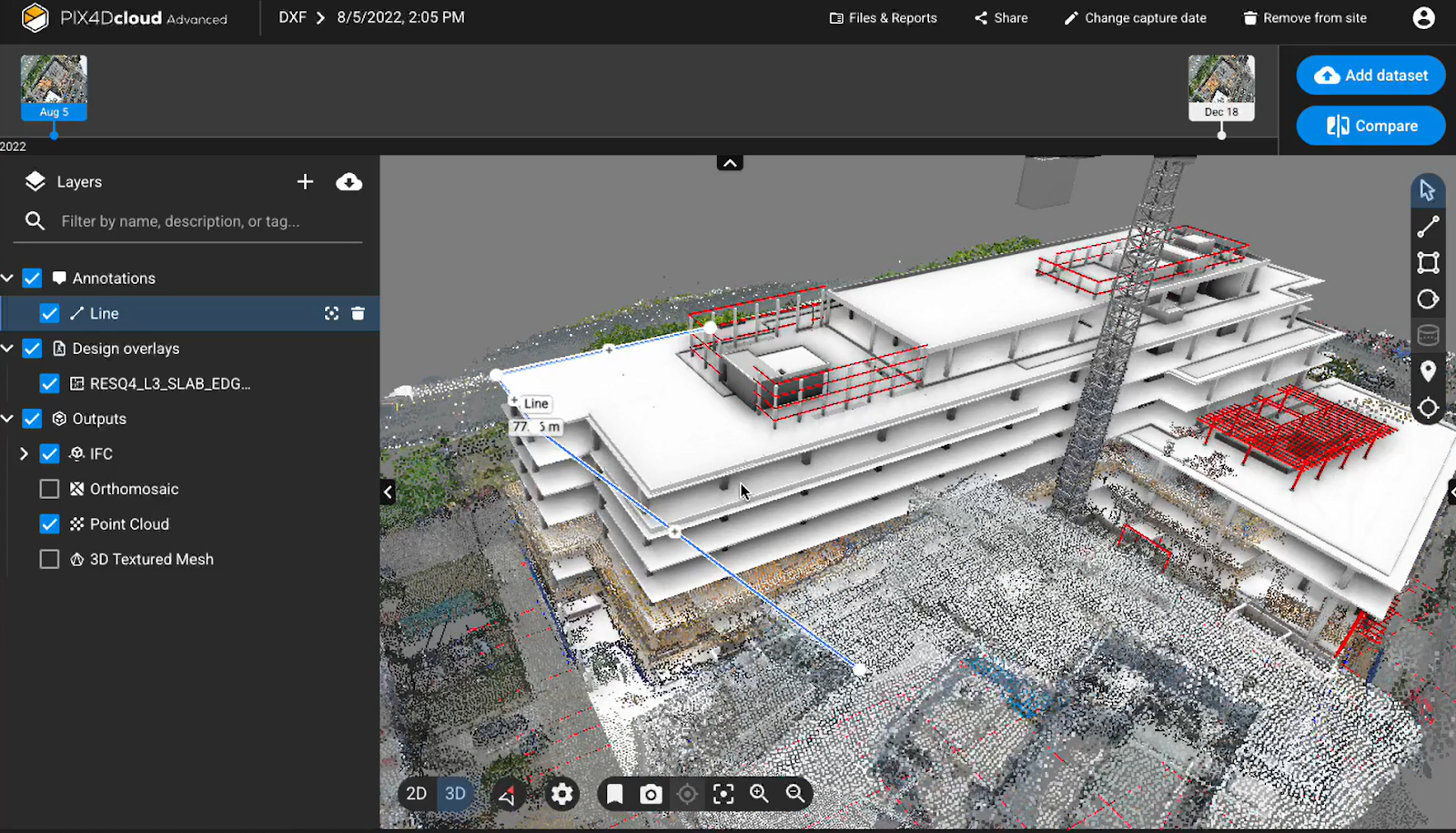
The SLPK format also plays a key role in expanding interoperability. With compatibility for platforms like ESRI ArcGIS, it becomes easier for teams to bring Pix4D scan data into broader spatial intelligence workflows. For example, city utility managers can upload a PIX4Dcatch scan of a newly installed water main as an SLPK and view it within their ArcGIS environment alongside existing infrastructure maps. This allows for faster verification, easier reporting, and more comprehensive decision-making.
Scalable collaboration with Organization Management
Central for collaboration is Organization Management, as it allows you to control access at scale, assign roles across internal and external users, and unify projects under a single administrative umbrella. Whether you’re managing hundreds of contributors or sharing insights with a select few, the ecosystem adapts to fit the shape and scale of your work. This becomes especially beneficial in PIX4Dcloud, where real-time collaboration and secure sharing are critical to moving projects forward efficiently.
Whether you’re capturing infrastructure, validating designs, or reconstructing a scene, the Pix4D ecosystem continues to adapt to your reality, helping you move from insight to action faster than ever.
From field teams to stakeholders, from mobile capture to 3D validation, this is Pix4D, built to work the way you do.

